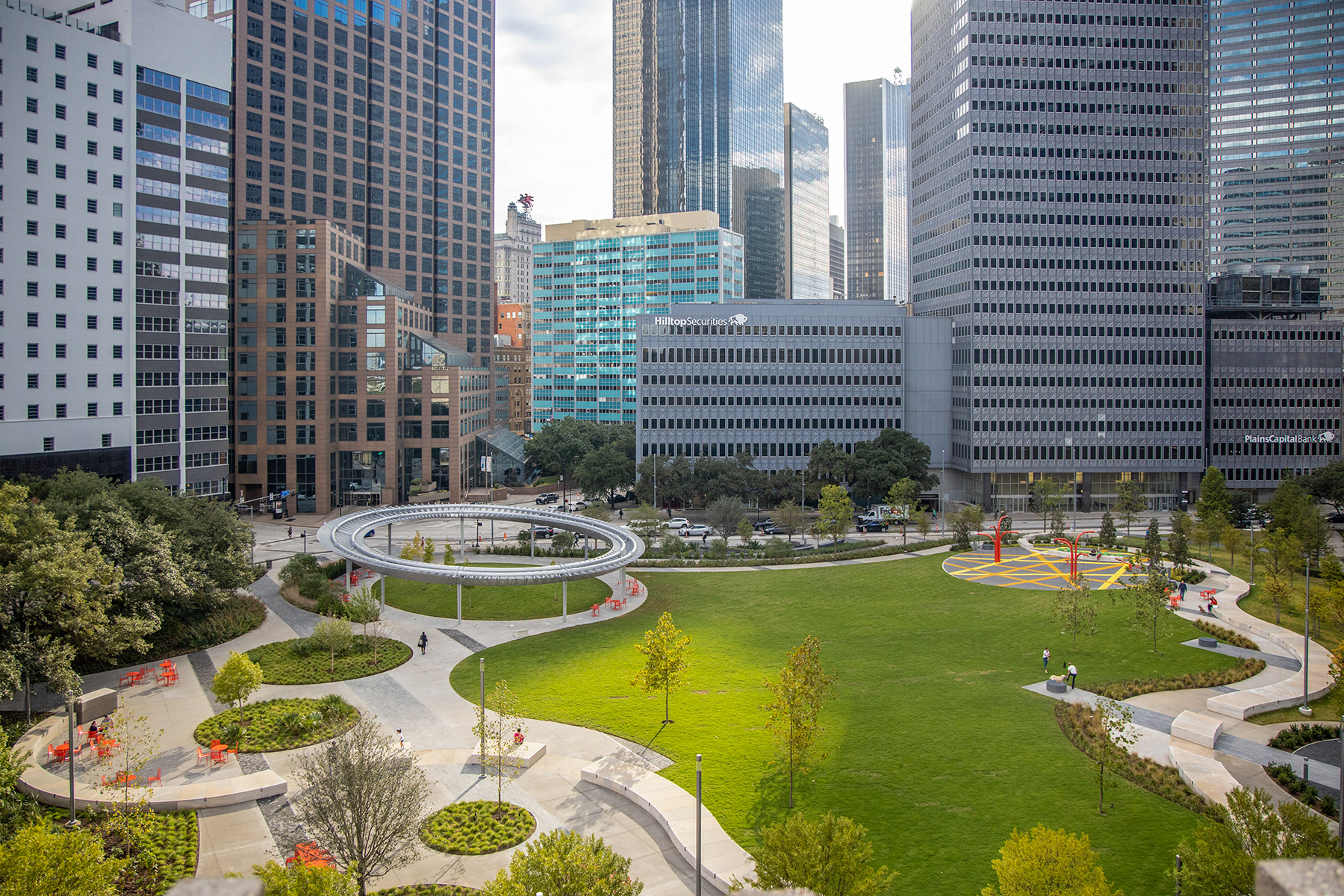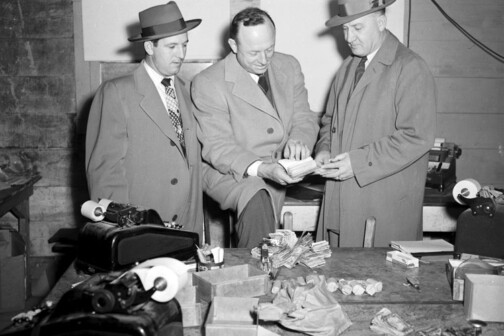In 1980, a few years before he became the architecture critic for the Dallas Morning News, the late David Dillon asked a bold question in our pages: Why is Dallas’ architecture so bad? Near the end of the story, he quoted Henry Cobb, one of the architects of One Dallas Center.
“Dallas is now at a crossroads in its development. On the one hand, it has to avoid purely arbitrary invention, mere thingery; on the other, it has to avoid creating dozens of homogenized buildings that are simply dropped onto a site and left. The goal is to create a true urban context.”
Back then, the downtown Arts District was just a proposal. Famed architect I.M. Pei had already built City Hall and Cobb was responsible for One Dallas Center while working for Pei’s firm. Philip Johnson had Thanks-Giving Square, but much of downtown Dallas was designed by local architects. Dillon writes in his story that about 20 percent of the 900-acre “central core” was undeveloped. “The city is up for grabs architecturally.” He says, “Although there is an estimated $300 million in new construction in downtown Dallas, there are few good buildings.”
He leads with the positive, the shimmering Hyatt Regency, a “clear statement about the city,” “chic, glittery, futuristic” that calls up images of affluence, high fashion, and self-confidence.” Who was responsible for it? Seattle native Welton Becket.
This sentence from Dillon could have been written last year: “A city that gives tickets for jaywalking and sleeping on benches in front of City Hall and forces street vendors to sell food prepared and wrapped in some sanitary kitchen 10 miles away doesn’t really understand urban life, however well it may understand ordinances.”
As could this: “Like most southwestern cities, Dallas has developed an unnatural dependency on the automobile, generally at the expense of street life. Historically, downtown Dallas was a highly urbane place, with shops, hotels, and offices organized into a tight, cohesive fabric. At the moment, Dallas is mainly a series of towering glass boxes interrupted by parking lots. Visitors are constantly surprised to find sidewalks suddenly playing out in mid-stride, or else being sliced in two by a major traffic artery.”
Now let’s jump 44 years into the present. The current News architecture critic, Mark Lamster, dwelled on a similar topic just last month: “How to Make Dallas Architecture Less Boring.” He landed on the idea that the city needs its own architecture school, perhaps housed in one of our now-empty office towers that Dillon wrote about in 1980.
We still have a parking dependency problem. It still is an awful experience walking around downtown, all of which Lamster—and we at D Magazine—have explored in recent years. There have been positive strides, too, perhaps most notably the transition of downtown surface parking lots into parks and greenspace. “You can count on the fingers of one hand the number of downtown commercial buildings that acknowledge the existence of a pedestrian public,” Dillon wrote.
“Why Is Dallas Architecture So Bad?” is one of the 50 greatest stories we’ve ever published, in part because it is both time capsule and warning, one that we have heeded in some ways and ignored in many others. Nearly half a century later, and the newspaper’s architecture critic is still pulling at the same threads Dillon did in our pages.
The kicker of his story lines up with Lamster’s recent piece. I’m going to spoil it for you.
Louis Kahn, designer of the Kimbell Art Museum, once described a city as “a place where a small boy, as he walks through it, may see something that will tell him what he wants to do his whole life.” Perhaps in a few years, if the choices that are made now are enlightened instead of expedient, a small boy will look up at the Dallas skyline and decide that he wants to become an architect.
Author







